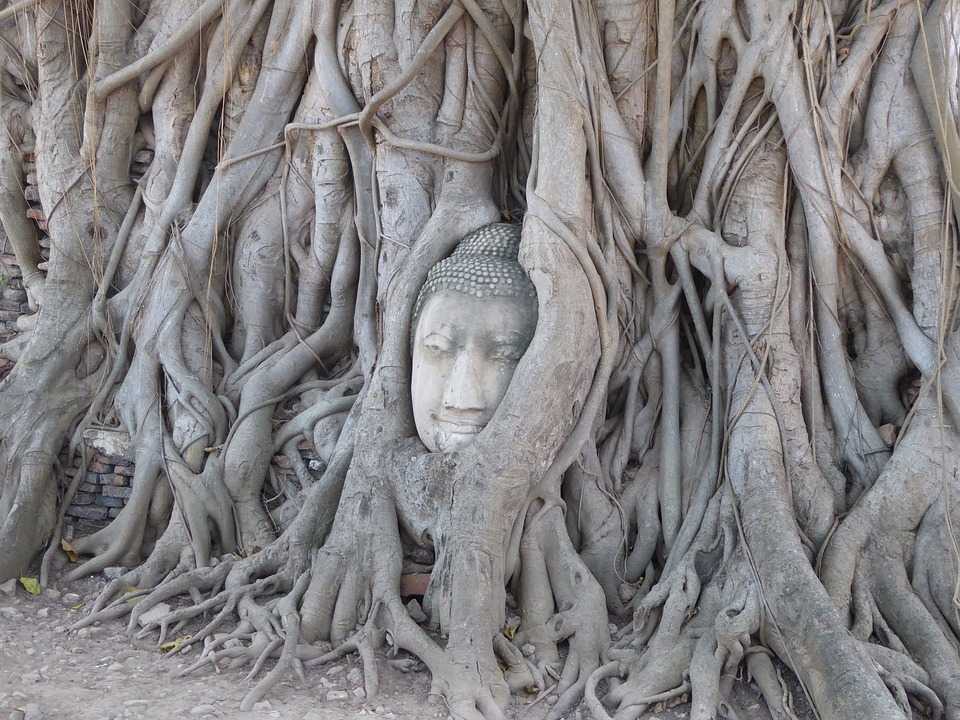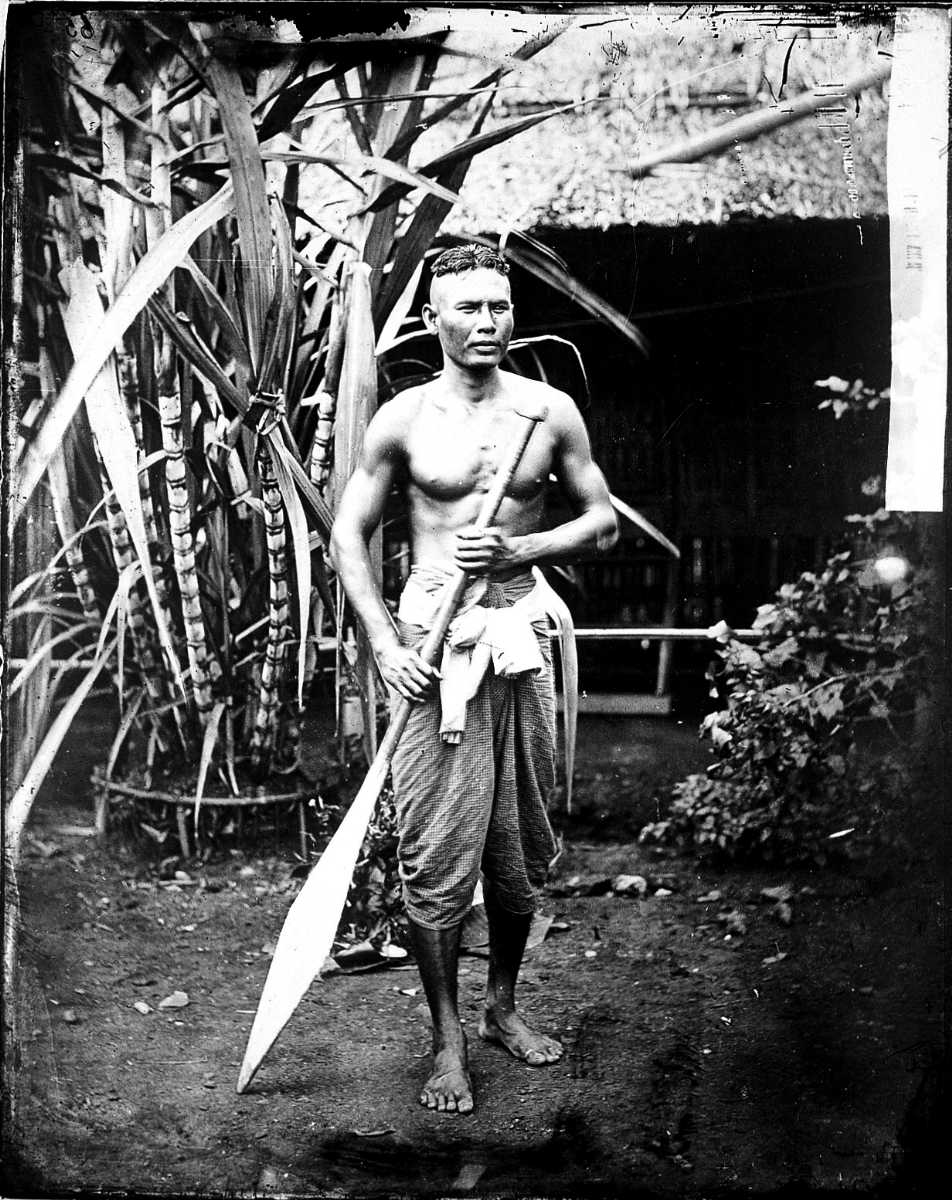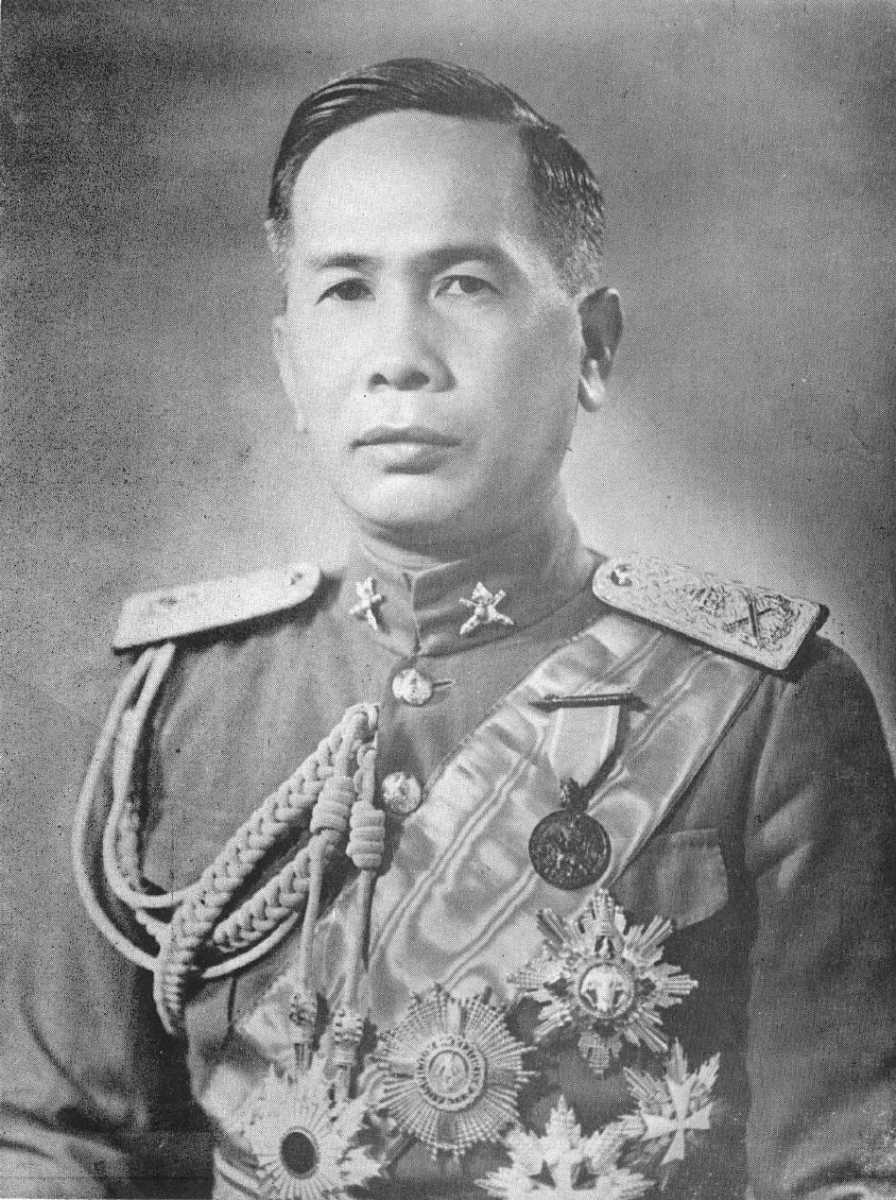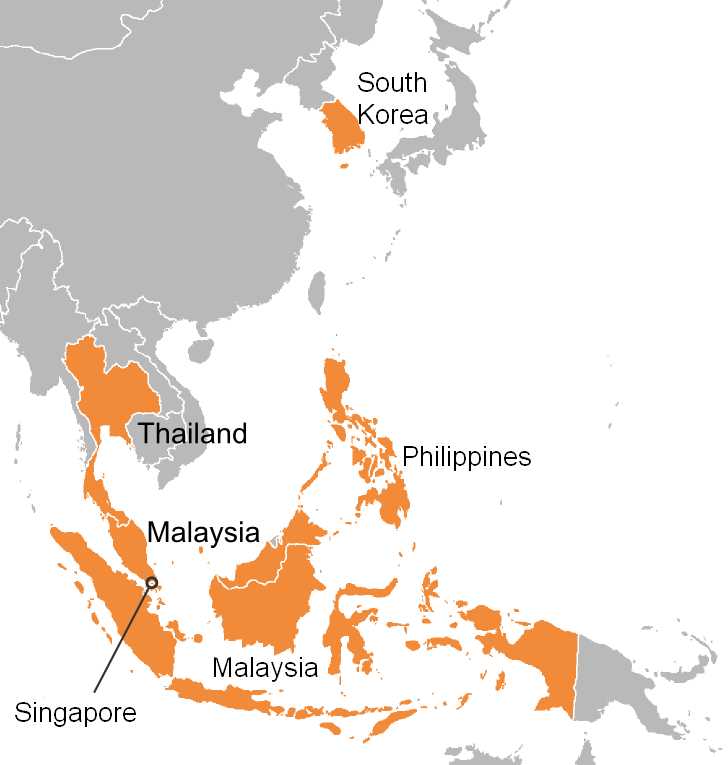So, how did Thailand emerge as a country and became the popular tourist destination it is today? Let’s dive deeper into the history of Thailand.
Ancient History: Invasions And Migrations

Thais were descendants of the Tai ethnic group and were bound by a common language. They started moving into Thailand around the 11th century.
Officially 1238 is the founding year of Thailand. The first mention of Thais is in the 12th century with the inscriptions mentioning ‘Syam Warriors’ on the walls in the Khmer complex in Angkor Wat, Cambodia. The word ‘Syam’ is believed to be of Sanskrit origin, which means “dark in colour” and refers to the skin tone of Thais.

After a lot of shortlived kingdoms, General Chao Phraya Chakri led a coup and found a new dynasty.
Beginning of a New Era: Rise of Modern Thailand
In 1782, the Chakri Dynasty firmly established itself under King Rama I. The name Rama comes from Hindu God ‘Rama’, an avatar of Vishnu. The country was named “Siam”, and capital was Bangkok.Reign of Rama IV saw the modernisation of Siam as the king welcomed Western innovations and technologies to boost development and growth. King Chulalongkorn further advanced this vision with the appointment of Western advisors and railway network was developed.
In 1917, Siam became the ally of Great Britain during World War I. Thailand is the only country in the world which has not seen colonisation by any European country.
Siamese Revolution Of 1932
A significant event in the history of Thailand was the Siamese Revolution. It was an almost bloodless coup to transition the government from an absolute monarchy to a constitutional monarchy. The seed for this revolution was set in Paris where a Thai named Pridi Phanomyong got inspired with the idea of constitutional monarchy system in France. After coming back to Siam, he and his group Khana Ratsadon recruited influential and powerful people to topple the monarchy.Within a matter of hours on 24th June 1932, they declared victory and the princes were arrested. The king was away from Bangkok and surrendered not wanting any bloodshed. The new constitutional monarchy with the parliamentary government was established. Phraya Manopakorn Nititada, who was a conservative lawyer, was appointed as the first Siamese Prime Minister. He was a non-party leader and was elected to avoid the suspicion that the coup was to bring the Khana Ratsadon to power itself. However, Pridi Phanomyong was forced into exile in 1933 by the military generals because of his socialist economic policy.
Another coup by the Khana Ratsadon led to the first elections being held in 1937 and a military general Phibul Songkhram was elected as the second Prime Minister.
Authoritarian Rule

World War II in the History of Thailand
Thailand had taken the position of neutrality when World War II was underway but eventually got involved when the Japanese Empire urged them to give a passage for their troops to invade Burma and Malaya which was under British rule. Considering the profitability of getting back some of the Indochinese territories with the help of Japan, Thailand agreed to cooperate.In 1942, Thailand declared war on Britain and the USA, but fortunately, in a turn of events, the Thai ambassador refused to deliver this declaration, which could have resulted in the USA attacking Thailand.
Seri Thai Movement
The Thai ambassador, Seni Pramoj, started the “Seri Thai” or “ Free Thai Movement” against Japan with the help of United States Office Of Strategic Services. Members of the royal family also joined hands with this movement. It developed into a powerful anti-Japanese movement. The reason was that although Thailand was technically an ally of Japan, it was treated as an occupied state. About 90000 guerillas, led by Pridi Phanomyong, fought against the Japanese when their condition had already worsened due to their defeat in World War II. This resulted in the collapse of the government led by Phibunsongkhram. For the first time, a civilian government took control.However, the civilian government did not have the public support required to maintain order and stability and once again, Phibunsongkhram rose to power through an army seize. During his rule, when an experiment regarding democracy was run, there was so much corruption that the army officials got tired of him and he was removed from this position. The military retained power until 1973.
In 1973, student riots broke out, demanding the return of democracy and free elections. Again, the government was too weak to resist military oppression and military rule returns in 1976. On 6 October 1976 Thammasat University massacre took place and was a painful mark on the history of Thailand.
Asian Financial Crisis

The stock markets appeared to have lost about 70% of its value during this crisis, whereas the pre-crisis situation was that of immense economic growth. Japan played an enormous role in getting Thailand out of the deep hole by providing about 4 Billion dollars.
Chuan Leekpai became the Prime Minister in 1997. He pushed through economic reforms and sent many migrants back to the countries of their origin.
Afterwards, Prem Tinsulanonda ruled Thailand for most of the 1980s. There was a brief military rule between 1991-1992 otherwise Thailand predominantly remained a democracy.
Modern Thailand
_20190626113402.jpg)
In 2017, a new constitution was signed by him to help bring back democracy.
From a fascinating history of Thailand for the background, the nation continues to grow and prosper with tourism being a huge part of its GDP. With its glorious beaches and mesmerising culture, it surely makes for a fantastic vacation spot!
